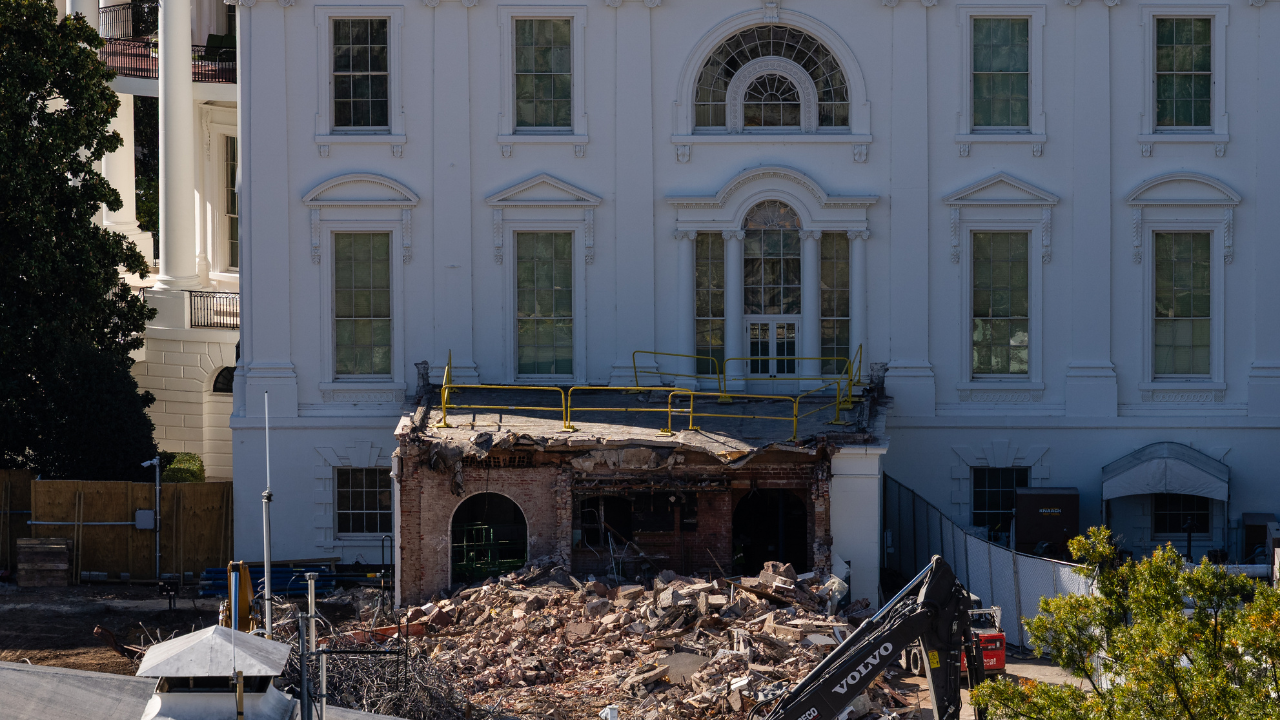The deal comes amid a year of consolidation across the fitness software and payments space
Daxko, a software and payments provider, has added another piece to its growing fitness tech portfolio with the acquisition of Exercise.com, a gym management software company that focuses on boutique fitness studios.
Financial terms of the deal were not disclosed.
The acquisition builds on Daxko’s recent expansion streak. In September, the company acquired Vision, a longtime software partner of the Boys & Girls Clubs of America, extending its footprint to nearly 30% of Clubs nationwide. The deal was designed to reduce administrative burdens for club leaders while expanding access to Daxko’s member management and engagement tools. That move followed Daxko’s purchase of ARC, a platform supporting Jewish Community Centers.
“This acquisition reinforces our commitment to serving fitness businesses of every size and model, from independent studios to multi-location clubs,” Daxko CEO Jeff VanDixhorn said. “Exercise.com’s proven platform and team align perfectly with our strategy to help fitness organizations thrive while improving the lives of the people and communities they serve.”
Exercise.com will continue operating under its existing platform and team, with Daxko’s backing expected to speed innovation and scale. The companies said the goal is to more tightly link coaching, operations and payments in one data-driven system designed to help fitness businesses grow.
“The future of boutique fitness belongs to the platforms that help owners run smarter, connect deeper and grow faster,” Exercise.com founder and CEO Joel Ohman said. “We’ve built a strong foundation for that vision, and joining Daxko, a recognized leader in fitness, gives us the reach, resources and go-to-market strength to take it further—bringing more value to fitness professionals and their members.”
The Daxko–Exercise.com acquisition adds to a growing list of fitness technology deals in 2025.
In July, Echelon Fitness acquired Fortë to scale its enterprise software platform, while in September, Xplor Technologies and Clubessential Holdings announced plans to merge, forming a multi-vertical global software and payments provider serving more than 130,000 customers across fitness, wellness and recreation.

































